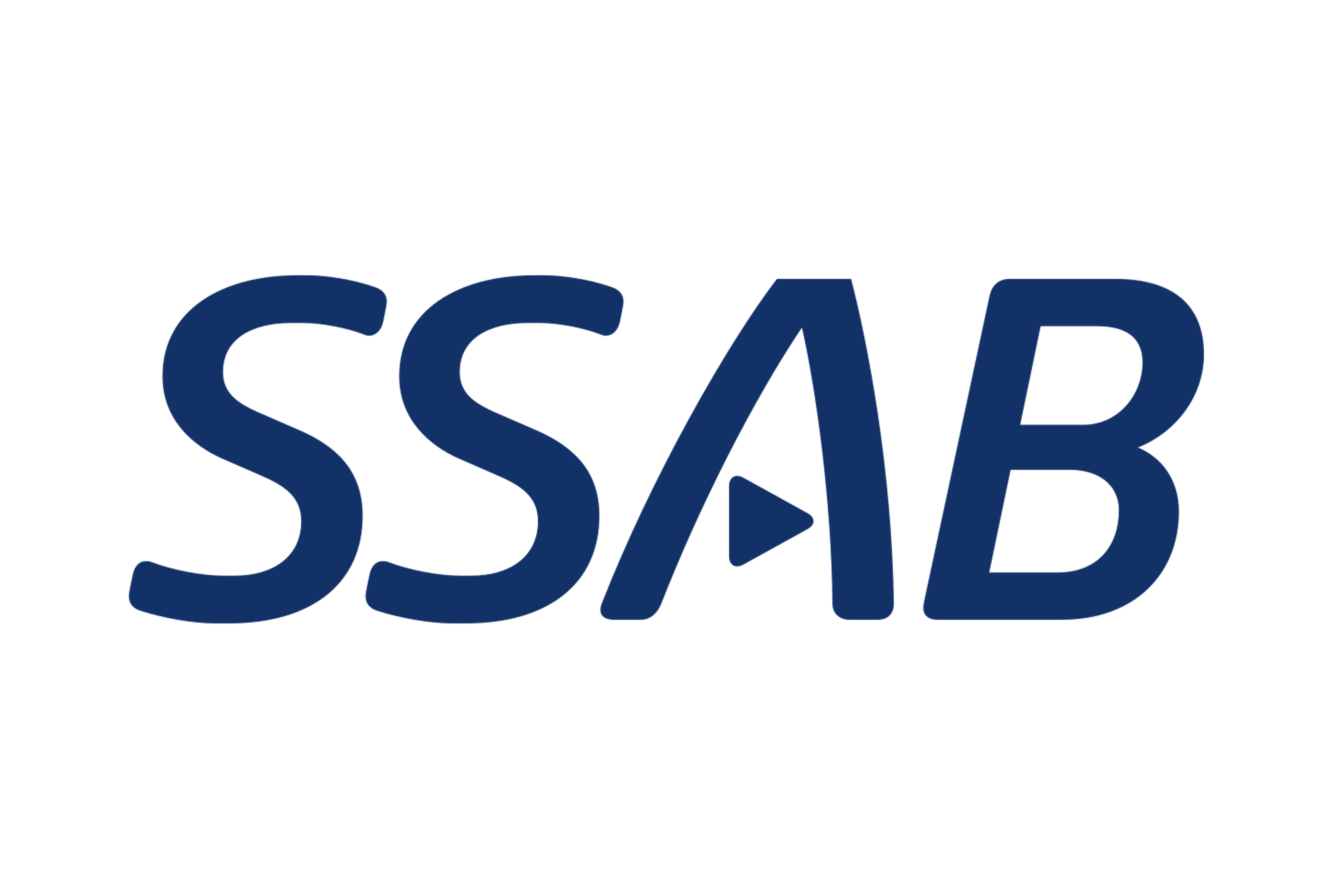Market Segment

June 4, 2015
Corrosion Steel Trade Case: Details at a Glance
Written by John Packard
Steel Market Update has written numerous articles about the corrosion resistant trade case filed by six domestic steel mills against five foreign countries. The petition which called for anti-dumping and countervailing duty action will now go through the proper channels at the US Department of Commerce (anti-dumping) and the International Trade Commission (countervailing duty).
There is always a lot of confusion when a trade case (dumping) is filed. In this article we will attempt to provide the basics we have published a number of articles in Thursday evening’s newsletter (June 4, 2015) about the process and you can read those articles if you are either a subscriber to Steel Market Update or on a free trial.
Who Filed?
United States Steel, Nucor, ArcelorMittal, Steel Dynamics, AK Steel and California Steel (6 total).
What Countries Were Named in the Suit?
China (PRC), Taiwan, South Korea, India and Italy (5 total).
What Products are Named in the Suit?
![]() The suit calls out corrosion resistant steels in very detailed language (a small example is shown below) but, in the document the mills’ attorneys do state, “…Steel coated with zinc, aluminum, or any of several zinc-aluminum alloys compromise most of the product at issue.”
The suit calls out corrosion resistant steels in very detailed language (a small example is shown below) but, in the document the mills’ attorneys do state, “…Steel coated with zinc, aluminum, or any of several zinc-aluminum alloys compromise most of the product at issue.”
In layman’s terms: Galvanized, Aluminized and Galvalume are the targeted products. Prepainted steels are included in the suit.
Products such as tin plate, terne, and three-layered stainless steels are excluded from the suit.
Here is the beginning of their definition of the products being covered by the suit:
“For purposes of these investigations, the products covered are certain flat-rolled steel products, either clad, plated, or coated with corrosion-resistant metals such as zinc, aluminum, or zinc-, aluminum-, nickel-or iron-based alloys, whether or not corrugated or painted, varnished or coated with plastics or other non-metallic substances in addition to the metallic coating, both in coils, 0.5 inch wide or wider (whether or not in successively superimposed layers and/or otherwise coiled, such as spirally oscillated coils), and also in straight lengths, which, if less than 4.75 mm in thickness, having a width that is 0.5 inch or greater and that measures at least 10 times the thickness; or, if of a thickness of4.75 mm or more, having it width exceeding 150 mm and measuring at least twice the thickness. The products described above may be rectangular, square, circular, or other shape and include products o(either rectangular or non-rectangular cross-section where such cross-section is achieved subsequent to the rolling process (i.e., products which have been “worked after rolling”); for example, products which have been beveled or rounded at the edges.” (Petition, Pages 8-9)
If you would like to view the entire public version of the document you can do so by clicking here.







